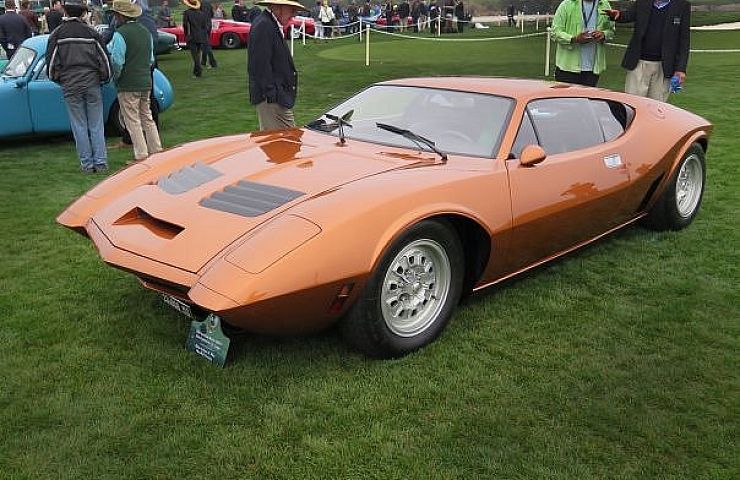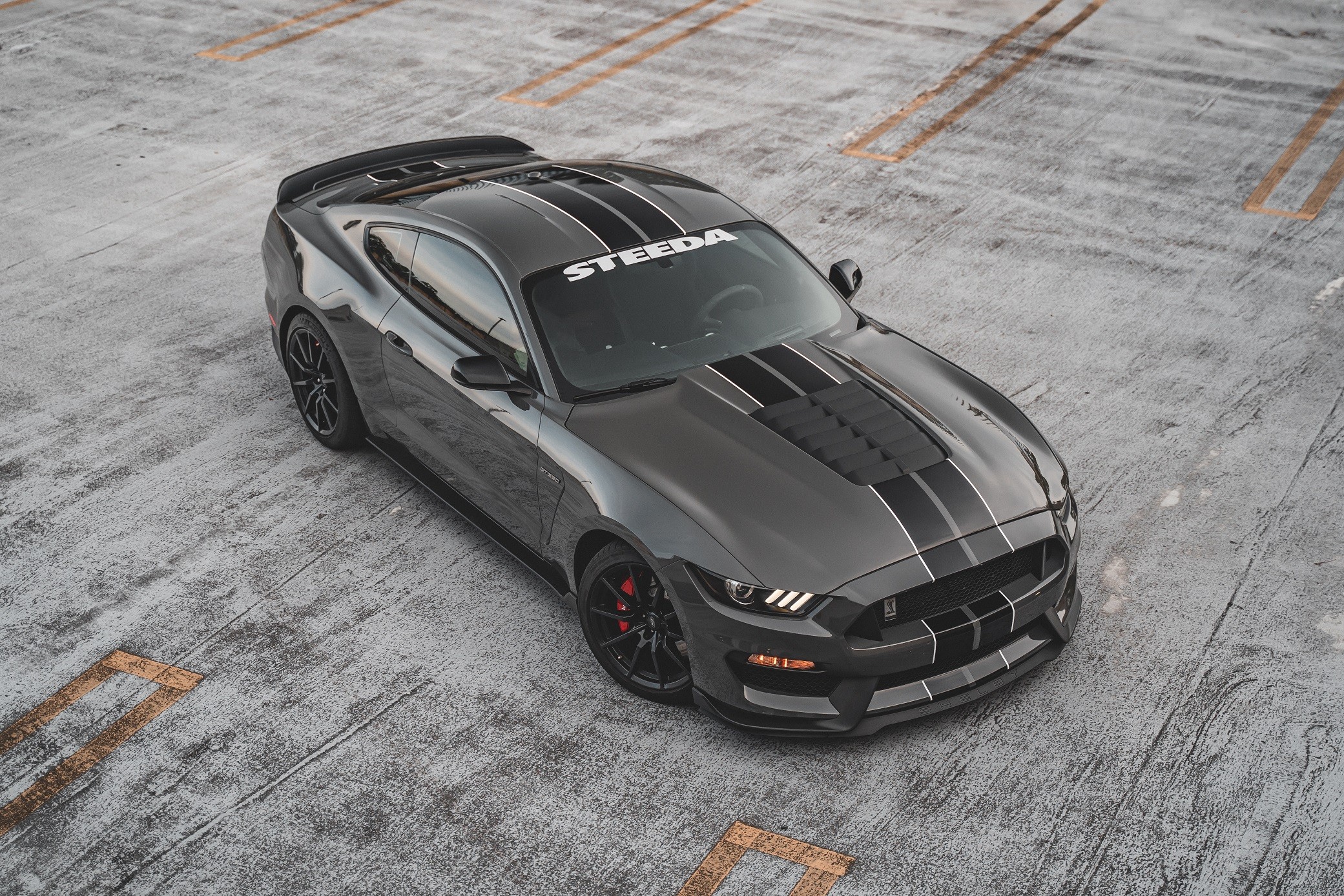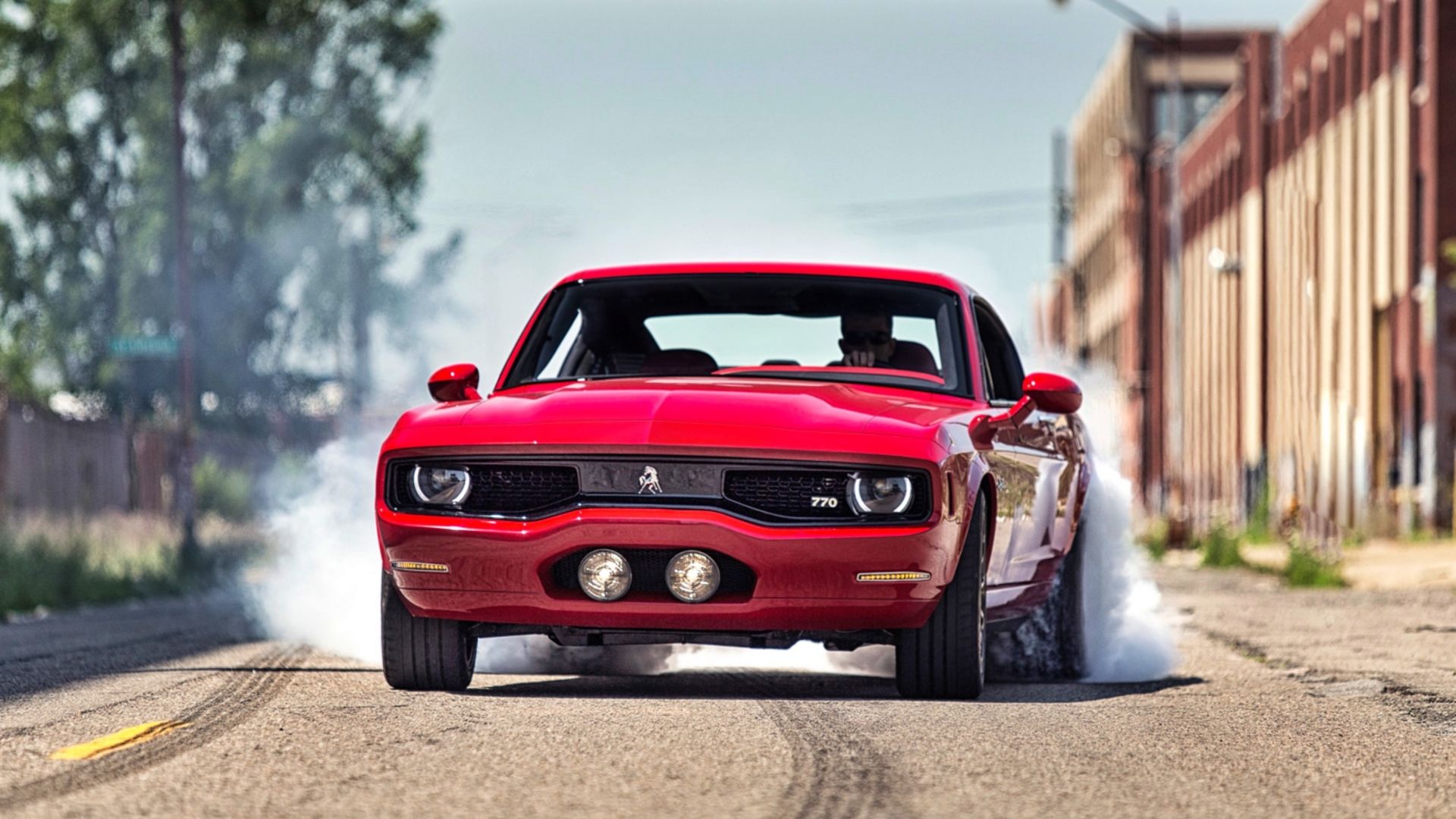To a hot rodder or racer, a rat motor is a Chevrolet big block V-8. Powerful and beautifully engineered, how did this well-respected engine come by the nick-name “rat?”
From James Cagney’s famous line “…that dirty, double-crossin’ rat” to the much-maligned rat finks of the fifties, calling someone or something a rat is the ultimate insult. When something is old, used up and falling apart, it is “ratty.”
So it is somewhat surprising that the big Chevy has earned the monicker of rat.
In the early 1960s, long before the introduction of the first rat motor, a David and Goliath confrontation was taking place on the nation’s dragstrips. The Chrysler Hemi had become the dominate force in the Top Fuel and Top Gas categories, gradually replacing the Cadillac, Lincoln and Oldsmobile engines that previously controlled these categories.
While the Chrysler Hemi produced gobs of power, it was also physically larger and heavier than other V-8s. The huge engine quickly earned the soubriquet of Elephant motor due to its size. An elephant motor with a GMC supercharger looked enormous when installed in the typical tube frame sling-shot dragster chassis.
Although the big elephants became the de-facto standard in Top Fuel, there was another engine that could hold its own against the Hemi. Many teams took a different approach, choosing the legendary small-block Chevy to power their dragsters. As often as not, they didn’t bother with a supercharger, preferring a simple set of injectors.
On paper it was an unequal contest. The blown hemi was far more powerful than the minuscule Chevy, and it seemed that the Chevy didn’t have prayer against the Chrysler in a quarter-mile race.
However, the tire technology of the day was in favor of the Chevy rails.
While the big elephant motors developed a huge amount of horsepower, the tires of the day were unequal to the task of delivering that power to the track. Much of that power went up in smoke, as the big Chrysler rails burned the tires almost the full length of the dragstip.
The little Chevies could burn their tires as well, but their lower power allowed the tires to hook up and gain traction while the big hemis were still spinning their wheels. The combination less wheelspin, lighter overall weight and higher RPMs allowed the little Chevy powered cars to give the elephant motor cars a run for their money.
While the hemi teams weren’t actually afraid of the little Chevy dragsters, the small blocks tended to make them more than a little nervous. There was no shame to lose to a blown hemi machine, but it was positively embarrassing to loose to an injected Chevy.
Someone remembered the fable that the only creatures elephants are afraid of are mice, and started referring to the small Chevy as the mouse motor. Thus the elephant and mouse motors vied for racing honors on dragstrips throughout the country.
The mouse-motor’s role as elephant-killer not last long. Tire and clutch technology continued to improve, and the big elephants were eventually able to deliver more power to the track. By the early sixties, the mouse motor could no longer plague the big Chryslers in the Top Eliminator ranks. The small block Chevy was still hugely popular in the altered, gas coupe and modified classes. Though it seldom ran against the big elephant motors any longer, the engine was still known as the mouse motor.
During that period, Chevrolet and General Motors were following a strict non-racing policy. It is well known that some GM by-passed the official stance by supplying parts and technical help to racers without management’s knowledge.
Legend has it that during the early sixties, certain Chevy racers showed up at various race tracks with a strange new engine under the hood. It wasn’t a mouse motor, and it wasn’t the big 409 V-8 that the Beach Boys immortalized in song. It was a mysterious, all new Chevy V-8.
The mystery only lasted a short while, as Chevrolet announced a new big block V8 in 1965. Available first as a 396 cubic inch version, the engine eventually evolved to displacements of 402, 427, 454 CI. GM even offered a monster 572 CI version of the engine.
After the engine was introduced, many people still continued to refer to it as the mystery engine. When the valve covers were removed, hot rodders started calling it the porcupine V8, because unlike the mouse motor which had the valve stems lined up in a neat row, the valves in the new engine were canted at various angles.
Other racers noted that although the engine wasn’t a true hemisperical design, it wasn’t exactly a wedge head, either. Thus the engine earned another name: the semi-hemi.
Look through photos of Chevrolet race cars from the era, and you find many examples of cars with the terms Mystery Engine or Semi Hemi painted on the hood.
For most rodders and racers, however, there was only one legitimate moniker for the new engine. If the small Chevy V-8 was a mouse motor, it’s bigger, more powerful, fiercer sibling could only be a RAT motor.
The name has stuck. Today only old school hot rodders and nostalgia buffs still use the terms mouse and elephant motor. The name rat motor, however, is still widely used to describe the big block Chevy V8. Far from being a derogatory term, the expression rat motor is popular with Chevy fans and is used as a title of respect by those who build and race other brands.
And that is how the Chevy V-8 became known as a rat motor.






More Stories
Are Thumpstar Pit Bikes Reliable?
Subaru Impreza – What’s Latest for 2012?
Two Brothers Racing – Evolution of a Motorcycle Exhaust Manufacturer